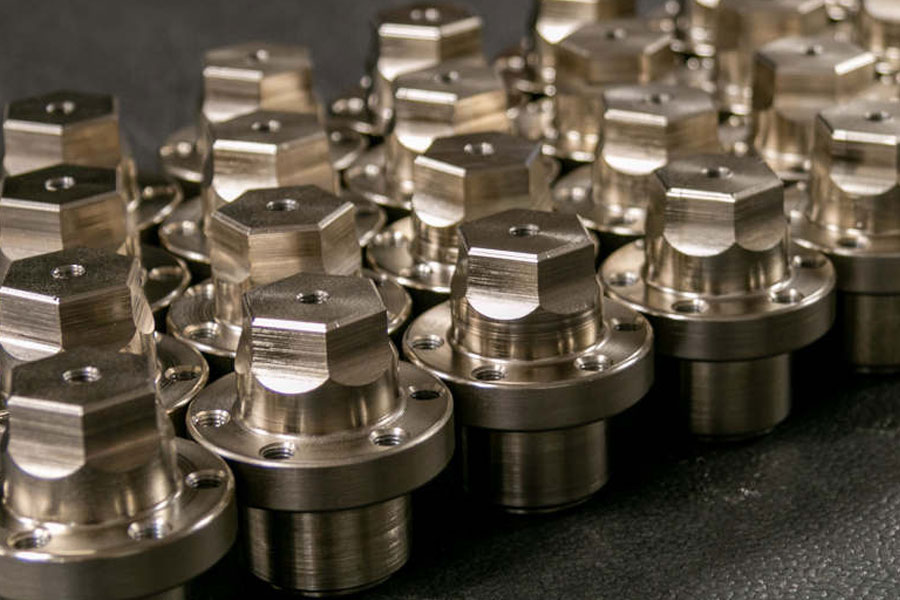What is a hard track? What is a linear track?
The hard rail refers to a casting piece in which the guide rail and the bed body are integrated, and then the guide rail is processed on the basis of the casting. That is, the shape of the guide rail is cast on the bed, and then the guide rail is processed by quenching and grinding. There are also the bed and the guide rail that are not necessarily integrated. For example, the steel guide rail is nailed to the bed after processing.
The linear guide usually refers to the rolling guide, which is the type used in the linear module often used in the machine tool industry. We usually call this type of component a “linear guide”.
The linear guide itself is divided into two parts: the slide rail and the slider. There are internally circulating balls or rollers in the slider, and the length of the slide rail can be customized. It is a modular component. It is a standardized serialized individual product produced by a special manufacturer. It can be installed on the machine tool, and can be removed and replaced after being worn.
Most of the machine tools in the field of precision machining use high-precision linear rails as machine tool guide rails, which also greatly guarantees the machining accuracy of the machine tools.
Is the machining center hard? Or is the track good?
In fact, there is nothing good about hard rails and line rails, it can only be said to be suitable or not, because their emphasis is different. Let’s take a look at their respective advantages and disadvantages.
1. The advantages and disadvantages of hard tracks and their applications
The sliding contact surface of the hard rail is large, with good rigidity, strong anti-seismic ability and strong load-bearing ability, and is suitable for heavy-load cutting.
The hard rail is dry friction. Due to the large contact surface, the friction resistance is also large, and the moving speed cannot be too fast. At the same time, it is easy to produce crawling phenomena, and the existence of gaps on the moving surface will cause processing errors. The maintenance of the machine tool track is the most important. Once the track is not sufficiently lubricated, it will cause the track to burn or wear out, which is fatal to the accuracy of the machine tool.
The application of hard rail is suitable for heavy cutting, large molds, high hardness workpieces, and workpieces with general accuracy requirements.
2. Advantages, disadvantages and applications of line rail
Many machine tools now run extremely fast, especially the idle speed, which largely depends on the credit of the linear track; the linear track can be pre-tightened to achieve zero clearance between the tracks, with high accuracy; in terms of service life, the linear The rail is much higher than the hard rail.
The cutting force of the wire rail is smaller than that of the hard rail, but only for the hard rail. In fact, the wire rail of many machine tools has greatly improved its carrying capacity.
The application of the wire rail is suitable for high-speed machines and can be cut at high speed, suitable for processing products and small precision molds. Today, more precision machining centers use wire rails.
